The last Grumman classic Piston engine Fighter
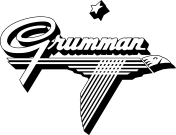
Development and design
The F8F was conceived to be capable of operating from aircraft carriers of all sizes and to be used primarily as an intercept fighter, a task that required excellent maneuverability, good low-altitude performance and high rate of climb. In order for the two XF8F-1 prototypes ordered on November 27, 1943 to have these characteristics, Grumman adopted the bulky Pratt & Whitney R-2800 engine, which had already been used to power the Grumman F6F Hellcat and Grumman F7F Tigercat, although putting special care that the weapons, armor and amount of fuel required could be housed in a cell as small and light as possible.
❮❮❮❮❮❮❮❮❮❮❮
⚠ Note: This post is in writing. Completion expected in 2024.
❯❯❯❯❯❯❯❯❯❯❯
The XF8F-1, which made its maiden flight on August 21, 1944, was not only smaller than the excellent (F6F Hellcat) of the US Navy, but also the Bearcat was 20% lighter and could climb 30 % faster and travel at a speed 80 km/h higher. On the other hand, in addition to exceeding official requirements, the Grumman model began to be delivered in its serial version in February 1945, just six months after the first flight of the prototype. Compared to the Vought F4U Corsair, the F8F -1 was marginally slower, but possessed better maneuverability and higher rate of climb.
The initial F8F-1 was a cantilever low-wing monoplane of all-metal construction; the wings folded by about two-thirds of their span for easy storage on board. Its massive 4-blade propeller required long landing gear, a feature that gave the Bearcat its renowned high-nose profile. Also, for the first time in the production of a fighter for the US Navy, a bubble-shaped cockpit allowed the pilot 360º visibility.
Production
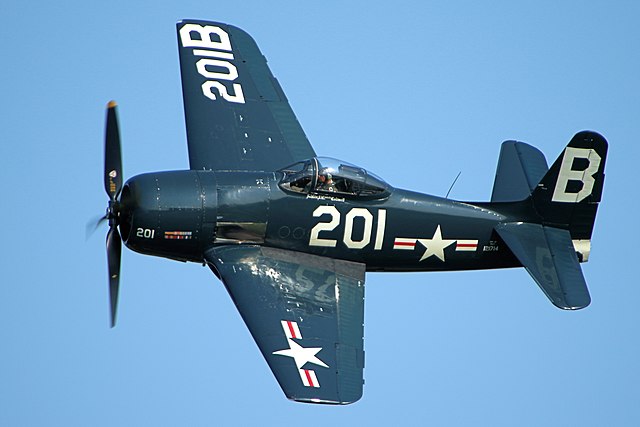
Shortly after the prototype testing program began in 1944, the US Navy placed an order for 2,023 production F8F-1s, the first of which was delivered to the Navy's VF-19 squadron on May 21, 1945. This squadron, as well as the other first units to receive the Bearcat, was still in the process of adapting to the new fighter when World War II ended. This meant a reduction of 1,258 aircraft from the total previously ordered from Grumman and the definitive cancellation of an additional 1,876 F8M-1s, whose manufacture had been entrusted to General Motors.
When production ended in May 1949, Grumman had built a total of 1,266 Bearcats. Of these, 765 belonged to the F8F-1 version, 100 to the F8F-1B, which was characterized by having replaced the 12.7 mm machine guns with 20 mm cannons, and 36 to the F8F-1N version, equipped as fighters. nocturnal. Another 293 were F8F-2s, fitted with a redesigned engine cowling, taller fin and rudder, some other detail changes, and the 20mm guns as definitive armament; 12 were F8F-2N night fighters and 60 were F8F-2P photo-reconnaissance aircraft, armed with just two 20mm cannons. In the years after the war, some aircraft were modified for use as target controllers, receiving the new designations F8F-1D and F8F-2D.
At the time production ceased, the Bearcat was in service with some 24 US Navy squadrons, but by the fall of 1952 all of them had been retired to second line units. Some, with a modified fuel system, were delivered to the French Armée de l'Air for use in the Indochina War, under the designation F8F-1D. Another 100 similar F8F-1Ds and twenty-nine F8F-1Bs were also supplied to the Thai Air Force.
Many features of the Bearcat's design were inspired by a Focke-Wulf Fw 190 fighter that had been captured and turned over to Grumman for study. The main missions of the F8Fs were to establish superiority over the highly maneuverable Japanese A6M-5 Zero fighter and to defend the fleet against suicide (kamikaze) attacks carried out by Japanese pilots.
In service
In the month of November 1943, the US Navy ordered Grumman to manufacture several prototypes of the F8F. The first of these flew on August 21, 1944, just 9 months later. In February 1945 the first Grumman F8F rolled off the assembly lines and on May 21 of that year the first Bearcat squadron was declared operational. However, World War II ended without the aircraft being able to show its extraordinary qualities in combat. During the postwar period, the F8F became one of the main fighters of the United States Navy, equipping a total of 24 fighter squadrons. It is usually rated as one of the best piston-powered fighters built in America.During the postwar period, the F8F became one of the main fighters of the United States Navy, equipping a total of 24 fighter squadrons. It is usually rated as one of the best piston-powered fighters ever built in the United States, although perhaps clearly outclassed by fighters like the German Ta 152H and C, but this was certainly the best piston-powered fighter ever produced. Its ability for aerobatics was born because the US Navy chose the Bearcat to be part of its elite Blue Angels aerobatic group from 1946 to 1950 (the year the team was temporarily disbanded due to the Korean War). In the 1950s, the Bearcat was replaced by the better performing Grumman F9F Panther and McDonnell F2H Banshee jet fighters.
In 1946 an unmodified F8F-1 set a climb record (after a takeoff run of just 30 meters) of 3,000 meters in 94 seconds. The Bearcat held that record for 10 years until it was surpassed by a jet fighter (although these couldn't beat the Bearcat's short take-off run).
Some F8Fs were transferred to France and many of these aircraft took part, in the early 1950s, as fighter-bombers in the Indochina War.
A small number of F8Fs survived:

- 11 are airworthy
- 8 are restored and on static display
- 12 are being restored or are planned to be restored
Gallery:
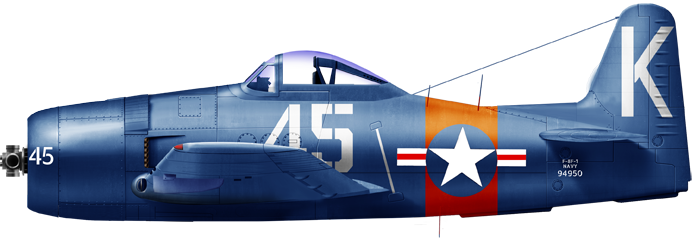
F8F-1, base
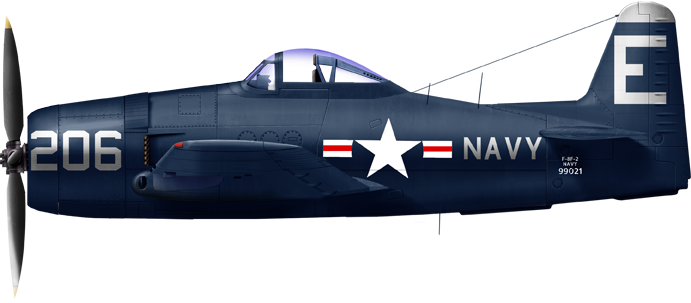
F8F-2 Bearcat, VF82 USS Midaway

F8F-1 of VF1L USS Saipan 1947

On USS Valley Forge Sept. 1949
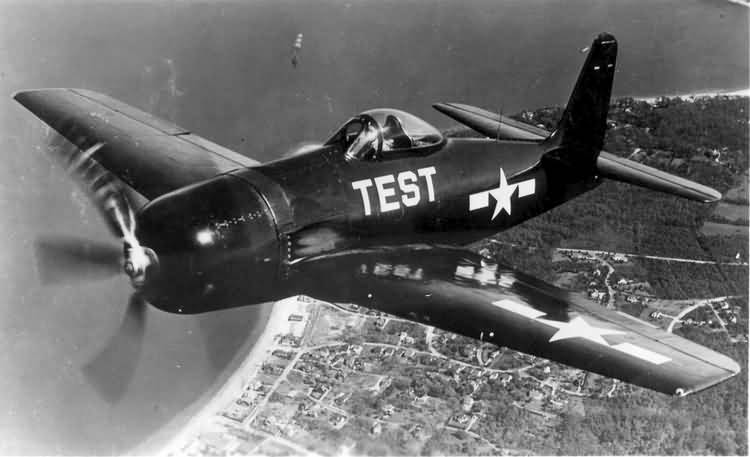
Test Plane 1943
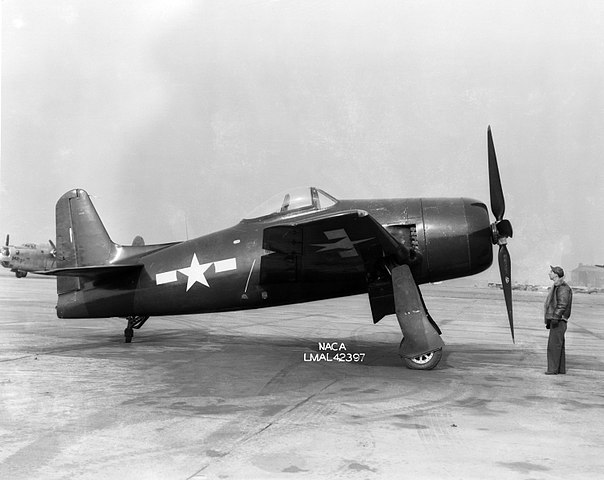
XF8F-1 Bearcat in 1945
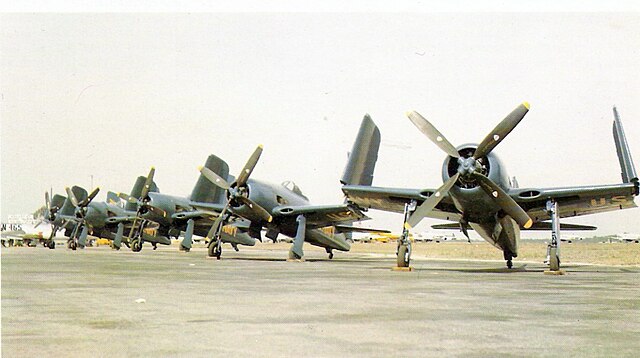
Blue angels Bearcats

F8F Bearcat VF-31

French Bearcats at Tourane AB Indochina 1954

F8F-1, base

F8F-2 Bearcat, VF82 USS Midaway

F8F-1 of VF1L USS Saipan 1947
Photos

On USS Valley Forge Sept. 1949

Test Plane 1943

XF8F-1 Bearcat in 1945

Blue angels Bearcats

F8F Bearcat VF-31

French Bearcats at Tourane AB Indochina 1954
Src/Read more about the Grumman F8F:
-To comeVideos:
Grumman F8F Bearcat US Navy Superprop - Greg's Airplanes and AutomobilesThe Models Corner:
-To come- Lohner E (1913)
- Macchi M3 (1916)
- Macchi M5 (1918)
- Ansaldo ISVA (1918)
- Sopwith Baby (1916)
- Short 184 (1916)
- Fairey Campania (1917)
- Sopwith Cuckoo (1917)
- Felixstowe F.2 (1917)
- Friedrichshafen FF 33 (1916)
- Albatros W4 (1916)
- Albatros W8 (1918)
- Hanriot HD.2
- Grigorovitch M5
- IJN Farman MF.7
- IJN Yokosho Type Mo
- Yokosho Rogou Kougata (1917)
- Yokosuka Igo-Ko (1920)
- Curtiss N9 (1916)
- Aeromarine 39
- Vought VE-7
- Douglas DT (1921)
- Boeing FB.5 (1923)
- Boeing F4B (1928)
- Vought O2U/O3U Corsair (1928)
- Blackburn Blackburn (1922)
- Supermarine Seagull (1922)
- Blackburn Ripon (1926)
- Fairey IIIF (1927)
- Fairey Seal (1930)
- LGL-32 C.1 (1927)
- Caspar U1 (1921)
- Dornier Do J Wal (1922)
- Rohrbach R-III (1924)
- Mitsubishi 1MF (1923)
- Mitsubishi B1M (1923)
- Yokosuka E1Y (1923)
- Nakajima A1N (1927)
- Nakajima E2N (1927)
- Mitsubishi B2M (1927)
- Nakajima A4N (1929)
- CANT 18
WW1
✠ K.u.K. Seefliegerkorps:
 Italian Naval Aviation
Italian Naval Aviation
 RNAS
RNAS
 Marineflieger
Marineflieger
 French Naval Aviation
French Naval Aviation
 Russian Naval Aviation
Russian Naval Aviation
 IJN Air Service
IJN Air Service
 USA
USA
Interwar
 Interwar US
Interwar US
 Interwar Britain
Interwar Britain
 Interwar France
Interwar France
 Interwar Germany
Interwar Germany
 Interwar Japan
Interwar Japan
 Interwar Italy
Interwar Italy
- Curtiss SOC seagull (1934)
- Grumman FF (1931)
- Curtiss F11C Goshawk (1932)
- Grumman F2F (1933)
- Grumman F3F (1935)
- Northrop BT-1 (1935)
- Grumman J2F Duck (1936)
- Consolidated PBY Catalina (1935)
- Brewster/NAF SBN-1 (1936)
- Curtiss SBC Helldiver (1936)
- Vought SB2U Vindicator (1936)
- Brewster F2A Buffalo (1937)
- Douglas TBD Devastator (1937)
- Vought Kingfisher (1938)
- Curtiss SO3C Seamew (1939)
- Douglas SBD Dauntless (1939)
- Grumman F4F Wildcat (1940)
- F4U Corsair (NE) (1940)
- Brewster SB2A Buccaneer (1941)
- Grumman TBF/TBM Avenger (1941)
- Consolidated TBY Sea Wolf (1941)
- Grumman F6F Hellcat (1942)
- Curtiss SB2C Helldiver (1942)
- Curtiss SC Seahawk (1944)
- Grumman F8F Bearcat (1944)
- Ryan FR-1 Fireball (1944)
- Douglas AD-1 Skyraider (1945)
Fleet Air Arm
- Fairey Swordfish (1934)
- Blackburn Shark (1934)
- Supermarine Walrus (1936)
- Fairey Seafox (1936)
- Blackburn Skua (1937)
- Short Sunderland (1937)
- Blackburn Roc (1938)
- Fairey Albacore (1940)
- Fairey Fulmar (1940)
- Grumman Martlet (1941)
- Hawker sea Hurricane (1941)
- Brewster Bermuda (1942)
- Fairey Barracuda (1943)
- Fairey Firefly (1943)
- Grumman Tarpon (1943)
- Grumman Gannet (1943)
- Supermarine seafire (1943)
- Blackburn Firebrand (1944)
- Hawker Sea Fury (1944)
IJN aviation
- Aichi D1A "Susie" (1934)
- Mitsubishi A5M "Claude" (1935)
- Nakajima A4N (1935)
- Yokosuka B4Y "Jean" (1935)
- Mitsubishi G3M "Nell" (1935)
- Nakajima E8N "Dave" (1935)
- Kawanishi E7K "Alf" (1935)
- Nakajima B5N "Kate" (1937)
- Kawanishi H6K "Mavis" (1938)
- Aichi D3A "Val" (1940)
- Mitsubishi A6M "zeke" (1940)
- Nakajima E14Y "Glen" (1941)
- Nakajima B6N "Jill" (1941)
- Mitsubishi F1M "pete" (1941)
- Aichi E13A Reisu "Jake" (1941)
- Kawanishi E15K Shiun "Norm" (1941)
- Nakajima C6N Saiun "Myrt" (1942)
- Yokosuka D4Y "Judy" (1942)
- Kyushu Q1W Tokai "Lorna" (1944)
Luftwaffe
- Arado 196 (1937)
- Me109 T (1938)
- Blohm & Voss 138 Seedrache (1940)
Italian Aviation
- Savoia-Marchetti S.55
- IMAM Ro.43/44
- CANT Z.501 Gabbiano
- CANT Z.506 Airone
- CANT Z.508
- CANT Z.511
French Aeronavale
- GL.300 (1926-39)
- Levasseur PL.5 (1927)
- Potez 452 (1935)
- Loire 210 (1936)
- Loire 130 (1937)
- LN 401 (1938)
Soviet Naval Aviation
- Shavrov SH-2 (1928)
- Tupolev TB-1P (1931)
- Beriev MBR-2 (1930)
- Tupolev MR-6 (1933)
- Tupolev MTB-1 (1934)
- Beriev Be-2 (1936)
- Polikarpov I16 naval (1936)
- Tupolev MTB-2 (1937)
- Ilyushine DB-3T/TP (1937)
- Beriev Be-4 (1940)
-
Skoda Š-328V
R-XIII Idro
Fokker C.XI W (1934)
WW2
- De Havilland Sea Vixen
- Hawker Sea Hawk
- Supermarine Scimitar
- Blackburn Buccaneer
- Hawker Sea Harrier
- Douglas A4 Skyhawk
- Grumman F9F Panther
- Vought F8 Crusader
- McDonnell-Douglas F-4 Phantom-II
- North Am. A5 Vigilante
- TU-142
- Yak 38 forger
☢ Cold War
✧ NATO
 Fleet Air Arm
Fleet Air Arm
 US Navy
US Navy
☭ Warsaw Pact
Merch

Seafire Mark 45; HMS Pretoria Castle

Zeros vs its aversaries

Aichi D3A “Val” Junyo

Mitsubishi A5M poster

F4F wildcat

Macchi M5

SBD Dauntless Coral Sea

SBD Dauntless USS Enterprise

SBD-4 CV22